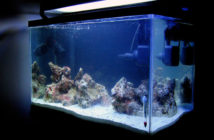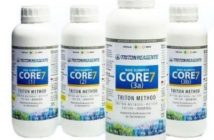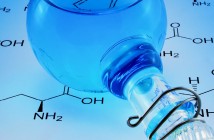(This is Part 1 of a Multiple Part Article. So, stay tuned for the remainder.)
Why Phosphates are a Bad Thing
Phosphates, although a major component of natural sea water, can wreak havoc on a closed aquarium system. Even in low concentrations, phosphates can spur algae growth and slow coral calcification. With higher phosphates, algae can absolutely take over an aquarium and corals can virtually stop growing, and even start to recede.
Phosphates are a good fuel for algae. Algae feeds off phosphates and various other nutrients as it grows, and if the nutrient levels are high enough, the algae can overtake your entire aquarium system. Corals will eventually become overgrown by the algae and become shaded. By this I mean the algae will block light from reaching the coral. The coral will slowly starve if not given ample light. As the coral fades slowly, the algae will attach to the coral skeleton itself, thereby making a recovery less likely.
How Do You Know If You Even Have Phosphates?
A lot of aquarium keepers assume they have problems in their tank due to high nitrates, ammonia, or nitrites…which are all three vital in the nitrogen cycle. But phosphate is often overlooked. The reason for this is poor quality test kits and the fact that most advanced reef keepers can visually see the effects of high nutrients. Phosphate often registers as being undetectable on most liquid-based test kits. There are a handful of test kits that do the job (ie La Motte, D&D, Elos, and Salifert), but these are still vastly limited. However, there is another way to test for nitrates…and that is by using a digital meter such as the Hanna Instruments Low Range Phosphate Meter. I have used these meters before, and they do a great job. You have to be meticulous in cleaning the test vials, but once you follow the simple steps, you have a very accurate reading of your aquarium’s phosphate content. Other testers may perform similarly, but I wouldn’t use anything else to test my phosphates.

Hanna Instruments Low Range Digital Phosphate Meter
*Photo of a Hanna Instruments Digital Phosphate Meter Courtesy of Marine Depot
Part 2 will consist of Sources of Phosphate and How to Prevent/Remove It






Pingback: Phosphates in Your Reef Aquarium - Part 2 | AquaNerd()